ispace's "HAKUTO-R" Mission 2, Asia's first private lunar landing, did not succeed.
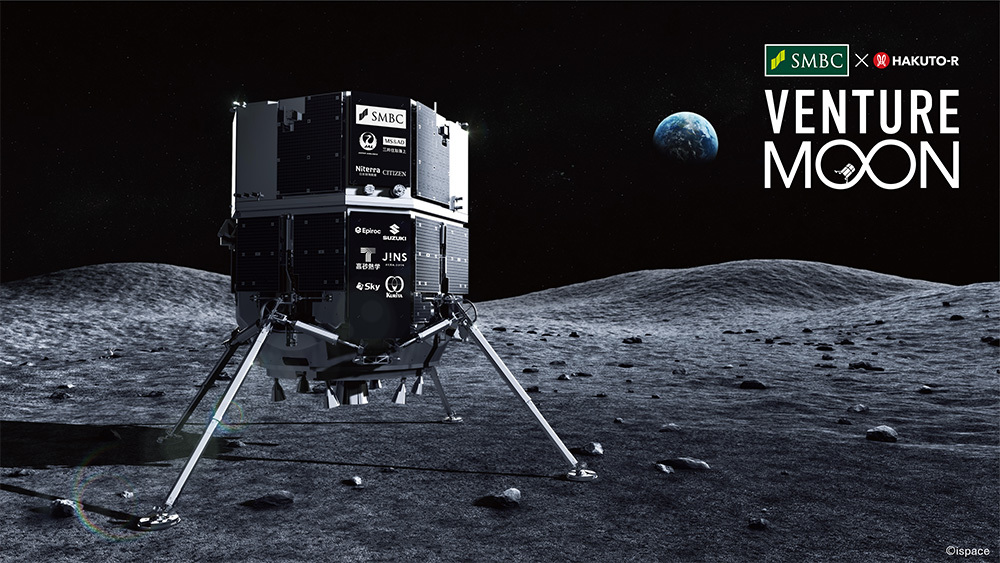
ispace, a space startup company working on lunar resource development, announced on Friday, June 6th that it attempted to land its "RESILIENCE" lander on the moon but lost communication, resulting in failure. This second landing attempt, following Mission 1 in April 2023, also regrettably did not succeed.
ispace attempted the lunar landing again on Friday, June 6, at 4:17 AM JST, as part of Mission 2 "SMBC x HAKUTO-R VENTURE MOON" of the lunar exploration program "HAKUTO-R". Launched in January, the RESILIENCE lander had been traveling toward the Moon for about half a year, aiming to become the first lunar landing by an Asian private company.
On the same day, despite the late hour, approximately 500 people, including ispace employees and representatives from partner companies, gathered at the Mission 2 "SMBC x HAKUTO-R VENTURE MOON" landing support event held in Tokyo. As data on altitude and speed from the lunar lander descending toward the moon's surface appeared on the screen, many held their breath, watching intently for the moment of landing.
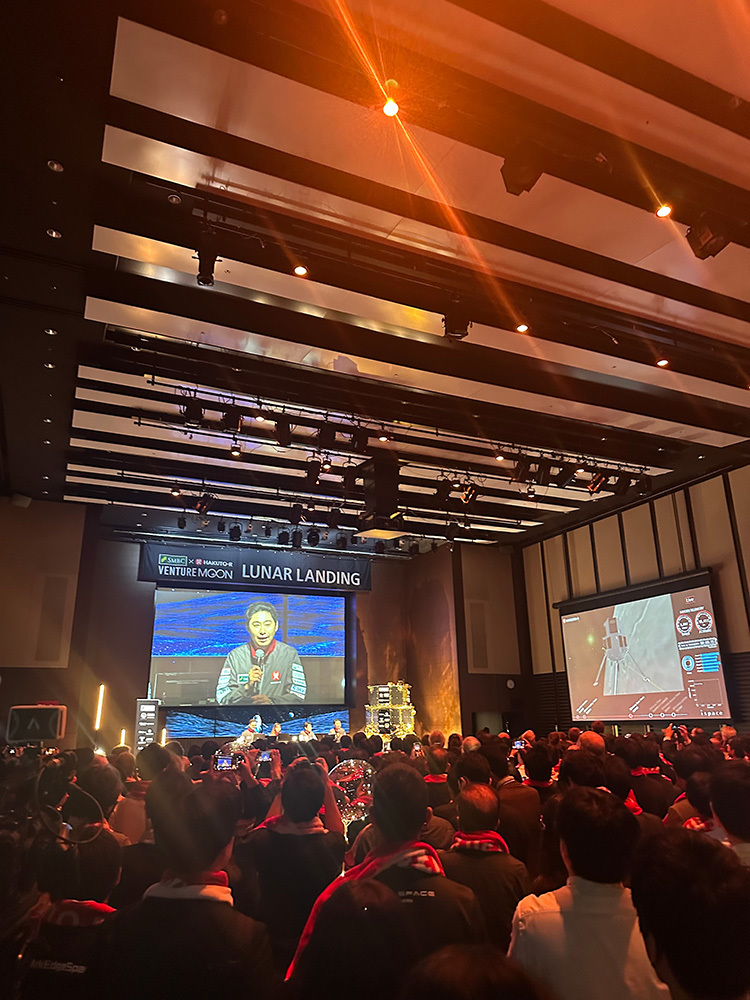
However, after the scheduled landing time passed and word came that "communication had not been established," the atmosphere in the venue became tense. The RESILIENCE lander descended from an altitude of approximately 100 kilometers. At about 20 kilometers, it began deceleration as planned by firing its main engine, and it was confirmed that the lander had reached a nearly vertical orientation. However, communication was lost after the final telemetry data transmission at an altitude of 192 meters. Takeshi Hakamada, ispace CEO & Founder, Founder, stated that a "hard landing" on the lunar surface was highly likely. At a press conference that same morning, he announced, "Achieving a lunar landing is extremely difficult, and we have determined the mission has ended."

On Tuesday, June 24, ispace announced the results of its analysis of the technical factors behind the failure to achieve a soft landing in Mission 2. It stated that the failure of the lunar lander's attempt to land on the moon was caused by a hardware malfunction in the laser rangefinder (※) used to measure altitude.
※A device that measures distance to a target using lasers. Used to measure the altitude from the lander to the lunar surface.

Ahead of its June lunar landing attempt, ispace launched campaigns including train advertisements, mockup displays, YouTube ads, and TVer ads. These communicated that while Mission 1 failed to land on the moon, the company did not stop there; undeterred by failure, it overcame difficulties and continued preparing for Mission 2, demonstrating its strong conviction to persevere and its resolve to achieve a lunar landing.
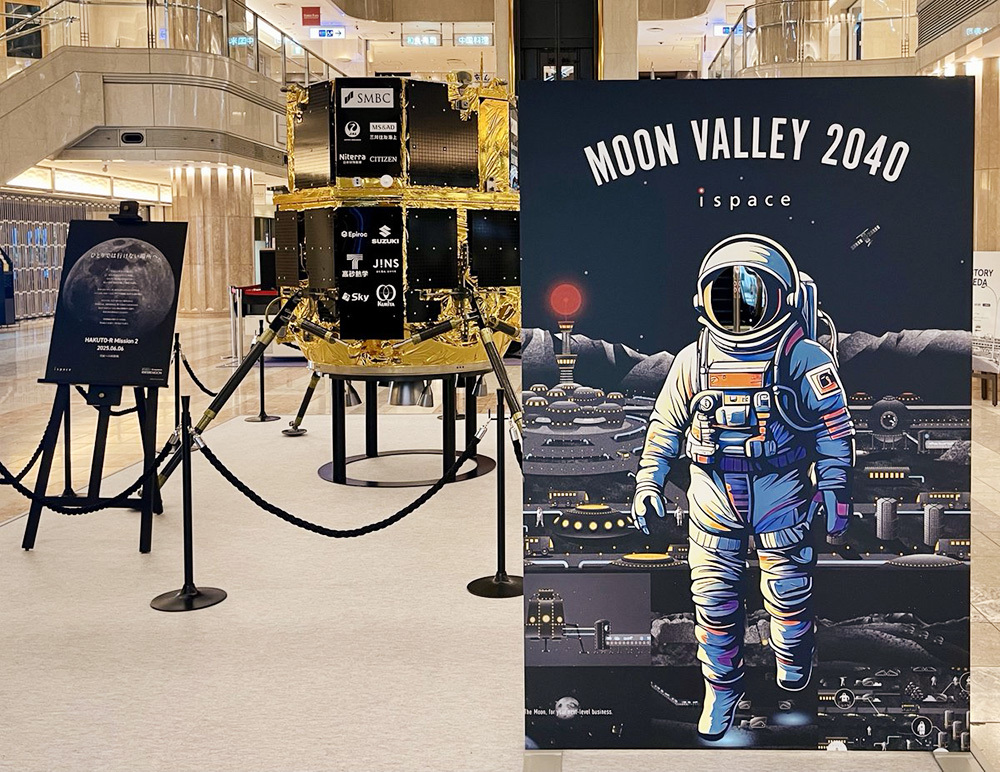

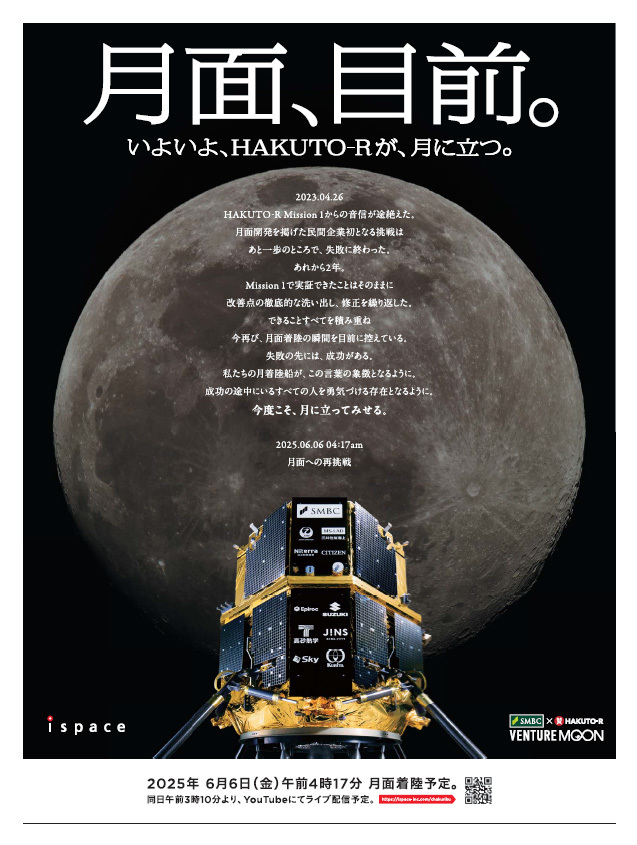
The attempt at a lunar landing during this Mission 2 unfortunately did not succeed. However, ispace's challenge represents an attempt to shake up the flow of space development, which has been led by national governments, by pursuing lunar transportation through a private company. There is no doubt that this challenge also accumulated a vast amount of data and valuable experience.
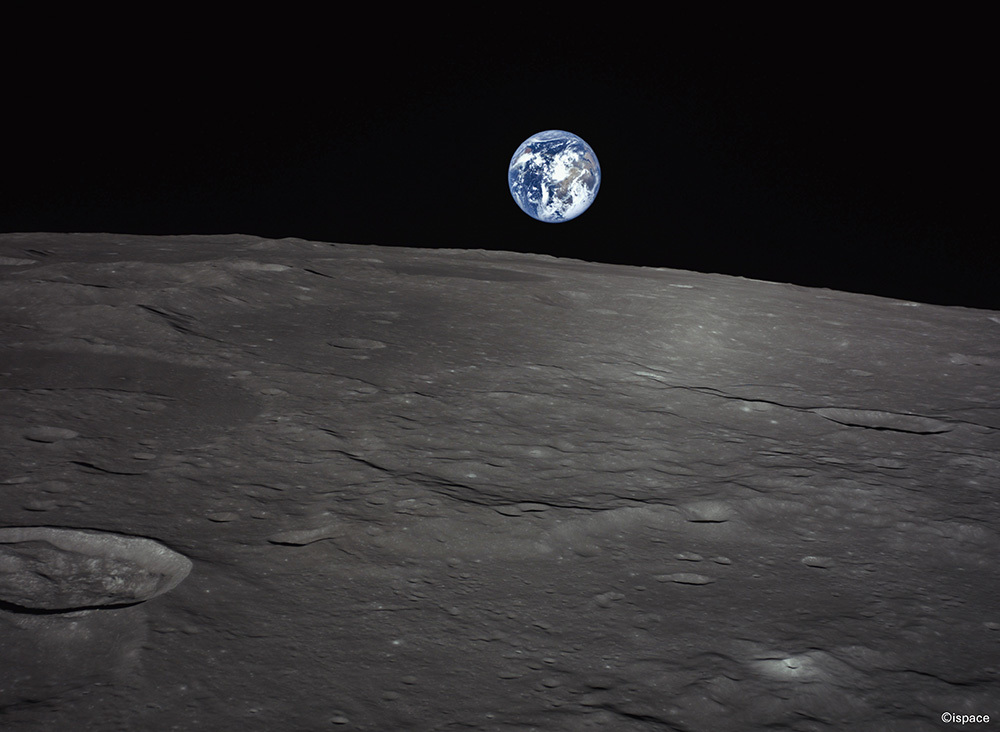
Mr. Hakamada stated, "ispace will not let this failure remain merely a technical setback. We will never stop here. We will always be challengers, walking forward again toward the next mission to regain the trust of all stakeholders. 'Never Quit the Lunar Quest.'"
ispace has also announced plans for Mission 3 and Mission 4 launches after 2027. Using a lander capable of carrying more cargo than ever before, the company aims to transport payloads to the far side and near the south pole of the Moon, as well as provide data through lunar surface exploration.
ispace will continue its efforts to frequently transport customer cargo to the Moon and acquire lunar surface data as requested, persisting in its challenge to build an ecosystem spanning the Moon and Earth.
ispace's challenge never ends.
HAKUTO-R Site: https://ispace-inc.com/jpn/m2
【Related Past Articles】
・isp ace Announces Next Mission: Lunar Exploration, Along with ¥10 Billion Funding
・Announces Partners for Lunar Exploration Program "HAKUTO-R"
・Lunar Exploration Program "HAKUTO-R" Announces Three New Partners
・Making the Moon a Habitat: Private Company ispace Leads "All-Industry Participation" Lunar Development Project
・ispace Completes Series B Funding Round, Announces New Lunar Business Concept (Video Included)
・Private lunar exploration "HAKUTO-R" announces opening of Mission Control Center and SMBC Group partnership
・ispace Begins Assembly of Flight Model for 2022 Launch
・ispace Holds Progress Briefing for HAKUTO-R Missions 1 and 2, Aiming for Launch Around Late 2022
・Private Lunar Exploration Program HAKUTO-R Mission 1 Successfully Launches. Progressing Smoothly
・ispace Aims for Lunar Landing Again: "HAKUTO-R" Mission 2 Lunar Rover Design Announced
・ispace completes shipment of lunar rover to Japan for HAKUTO-R Mission 2
・ispace Lunar Lander Progressing Smoothly, Mission 2 Launch Successful in January
Was this article helpful?